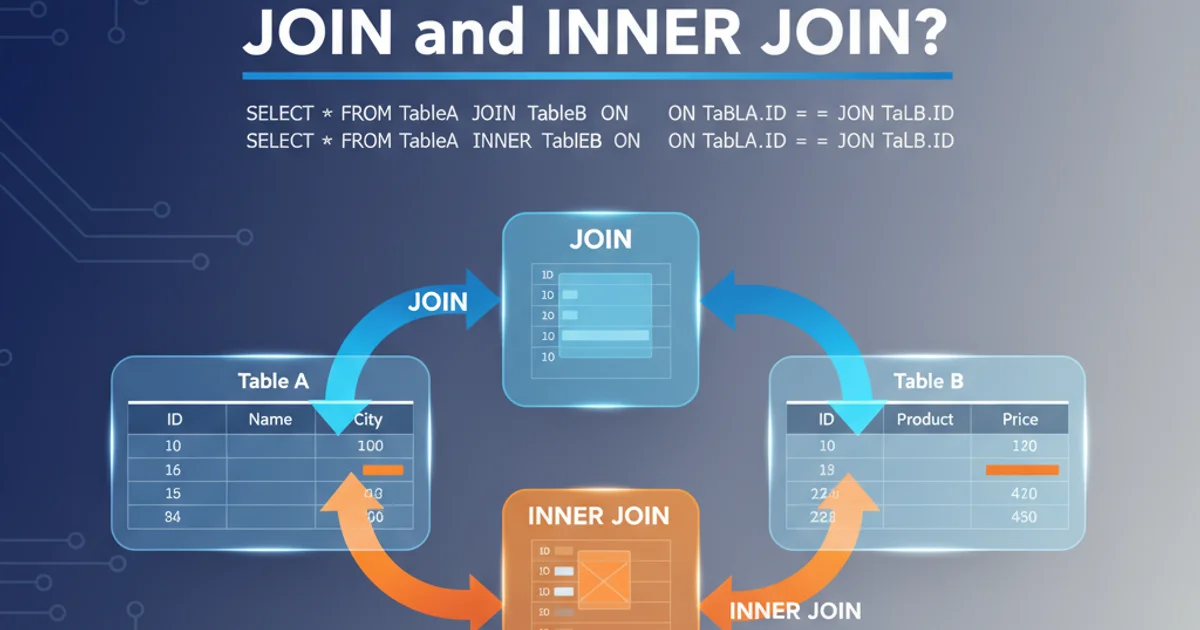How to stop program executing further in C#
Categories:
How to Stop Program Execution in C# Effectively

Learn the various methods to terminate or pause program execution in C#, understanding their implications and best use cases for robust application control.
In C#, controlling the flow of execution is fundamental to building reliable applications. There are several scenarios where you might need to stop a program's execution, whether it's due to an unrecoverable error, a user request, or simply reaching the end of a task. This article explores the different ways to halt program execution in C#, from graceful exits to immediate terminations, and discusses when to use each method.
Understanding Program Termination Methods
Stopping a program isn't always as simple as closing a window. C# offers various mechanisms, each with its own characteristics regarding resource cleanup, exception handling, and thread management. Choosing the right method depends on the context and the desired outcome for your application's state.
flowchart TD
A[Start Program] --> B{Condition Met to Stop?}
B -->|No| C[Continue Execution]
B -->|Yes| D{Graceful Exit?}
D -->|Yes| E[Perform Cleanup]
E --> F[Exit Application (e.g., Environment.Exit)]
D -->|No| G[Immediate Termination (e.g., Environment.FailFast)]
G --> FDecision flow for program termination in C#
Graceful Exits: Environment.Exit() and Application.Exit()
For most scenarios, a graceful exit is preferred. This allows your application to perform necessary cleanup operations, such as closing file handles, saving data, or releasing network connections, before terminating. Two primary methods facilitate this in C# applications: Environment.Exit() and Application.Exit().
using System;
using System.Windows.Forms;
public class GracefulExitExample
{
public static void Main(string[] args)
{
Console.WriteLine("Program started.");
// Simulate some work
Console.WriteLine("Performing some tasks...");
// Example 1: Using Environment.Exit()
// This terminates the process immediately, returning an exit code.
// It will run finally blocks, but not unhandled exception handlers.
if (args.Length > 0 && args[0] == "exit_env")
{
Console.WriteLine("Exiting using Environment.Exit(0).");
Environment.Exit(0); // 0 typically indicates success
}
// Example 2: Using Application.Exit() for WinForms applications
// This processes all messages in the message queue and then closes all forms.
// It's specific to UI applications.
if (args.Length > 0 && args[0] == "exit_app")
{
Console.WriteLine("Exiting using Application.Exit().");
// This would typically be called from a UI event handler
// For demonstration, we'll simulate it.
// Application.Exit(); // Uncomment in a WinForms app
Console.WriteLine("Application.Exit() called (simulated).");
Environment.Exit(0); // For console demo, we still need to exit the process
}
Console.WriteLine("Program finished normally.");
}
}
Demonstrates Environment.Exit() and Application.Exit() for controlled program termination.
Environment.Exit(int exitCode) is suitable for both console and GUI applications. The exitCode is crucial for other processes or scripts that might be monitoring your application's outcome. A non-zero exit code usually indicates an error.Immediate Termination: Environment.FailFast()
In critical situations where an application encounters an unrecoverable error and cannot continue safely, an immediate termination might be necessary. Environment.FailFast() is designed for such scenarios. Unlike Environment.Exit(), FailFast() terminates the process without allowing finally blocks to execute or unhandled exception handlers to be invoked. It's primarily used to log critical errors and prevent further corruption.
using System;
public class FailFastExample
{
public static void Main(string[] args)
{
Console.WriteLine("Program started.");
try
{
Console.WriteLine("Attempting a critical operation...");
// Simulate a critical, unrecoverable error
if (true) // Replace with actual critical condition
{
Console.WriteLine("Critical error detected. Terminating immediately.");
Environment.FailFast("Unrecoverable application state detected.");
}
}
finally
{
Console.WriteLine("This 'finally' block will NOT execute if FailFast is called.");
}
Console.WriteLine("This line will never be reached if FailFast is called.");
}
}
Illustrates the use of Environment.FailFast() for immediate, unrecoverable termination.
Environment.FailFast() with extreme caution. It bypasses all normal shutdown procedures, including finally blocks and exception handling. This can lead to resource leaks or data corruption if not used appropriately for truly unrecoverable situations.Stopping Threads and Tasks
Sometimes, you don't need to stop the entire program, but rather a specific thread or an asynchronous task. While directly 'killing' a thread is generally discouraged and can lead to unstable application states, C# provides cooperative cancellation mechanisms using CancellationTokenSource and CancellationToken.
using System;
using System.Threading;
using System.Threading.Tasks;
public class ThreadCancellationExample
{
public static async Task Main(string[] args)
{
Console.WriteLine("Main program started.");
using (CancellationTokenSource cts = new CancellationTokenSource())
{
CancellationToken token = cts.Token;
Task longRunningTask = Task.Run(() =>
{
try
{
for (int i = 0; i < 10; i++)
{
token.ThrowIfCancellationRequested();
Console.WriteLine($"Task working... {i}");
Thread.Sleep(500); // Simulate work
}
}
catch (OperationCanceledException)
{
Console.WriteLine("Task was cancelled!");
}
catch (Exception ex)
{
Console.WriteLine($"Task encountered an error: {ex.Message}");
}
finally
{
Console.WriteLine("Task cleanup complete.");
}
}, token);
// Simulate waiting for a bit, then cancelling
await Task.Delay(2000);
Console.WriteLine("Requesting task cancellation...");
cts.Cancel();
try
{
await longRunningTask; // Wait for the task to finish (or be cancelled)
}
catch (OperationCanceledException)
{
Console.WriteLine("Main program caught task cancellation.");
}
}
Console.WriteLine("Main program finished.");
}
}
Demonstrates cooperative cancellation of a long-running task using CancellationToken.